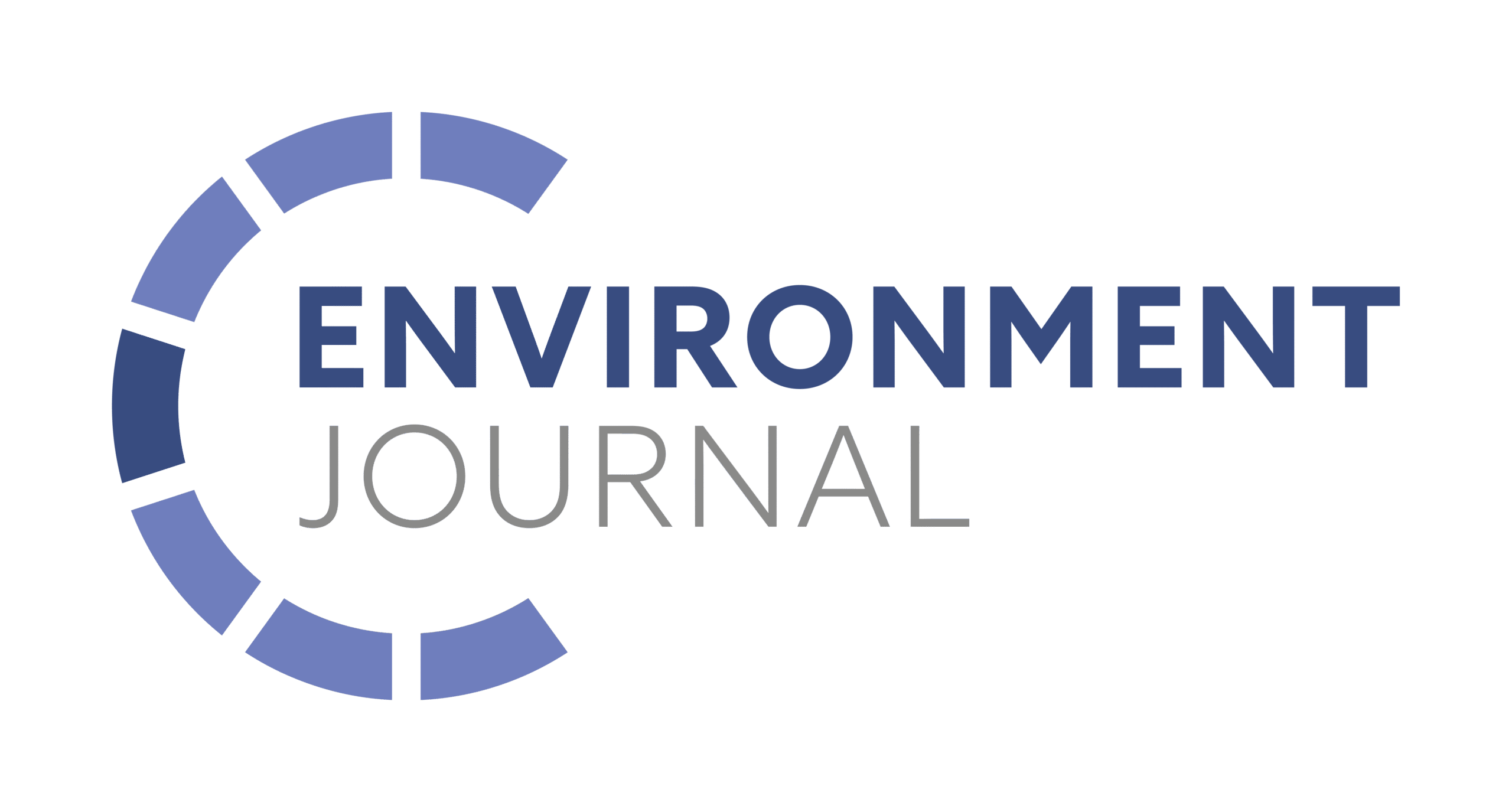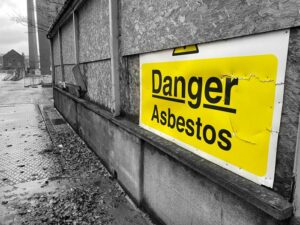Dyson have examined data from over 2.5 million of their air purifiers to compile the first Global Air Quality Connected Data report, revealing the current state of indoor air quality around the world.
The headline statistics reveal that, for more than six months of 2020, 85% of countries studied experienced indoor air quality that was worse than that outdoors.
In the UK, where the average annual levels of indoor PM2.5 levels are 23% higher than those outside, there was only one month in which remaining inside was the healthy option.
The study examined data from 39 countries, from Australia to Vietnam, which was taken from purifiers in monitoring-only mode – that is, they were not actively purifying the air at the time.
It was found that all countries’ monthly average indoor PM2.5 level exceeded WHO long-term exposure guidance for at least six months in the year, while Canada, China, Denmark, Ireland and France were among those who exceeded WHO guidance in every month.
The only four countries in which indoor air was healthier than outdoor air, for more than six months, were India, Norway, Poland and Finland .
Predictably, Winter was the most polluted season in most places – in the UK, March and January were the months with the highest levels of indoor air pollution. The average PM2.5 level in March was more than double that of July, the month with lowest recorded pollution level.
In an average day, the worst time for exposure to PM2.5 was between 6pm and midnight, coinciding with times when people are usually in their homes, and therefore exposed to these higher pollutant levels
In Milan, the average indoor PM2.5 levels were two and a half time higher than outdoor, making it the worst performer in this respect.
Other cities with disproportionately poor indoor air quality include Shenzhen (97% higher indoors), Amsterdam (76%), Seoul (53%) and Madrid (50%), Melbourne (40%), Vienna (37%), Singapore (36%), New York (35%) and Tokyo (24%).
The purifiers also monitored VOCs, finding that European countries experienced the highest annual levels, with Austria topping the list, followed by Romania, Germany, Switzerland, Poland and Turkey.
Countries that ranked high for average annual PM2.5 but low for VOCs included Thailand, UAE, Malaysia and South Korea.
Professor Hugh Montgomery, Chair of Intensive Care Medicine at University College London, and Chairperson of Dyson’s Scientific Advisory Board said: ‘We all think of air pollution as being an outdoor or roadside problem. Indoor air pollution research is growing, but continues to be underdeveloped.
‘Dyson’s findings give us a valuable insight into the real pollution levels in homes across the world, helping us to understand the patterns of pollution daily, monthly and seasonally. The Dyson data is an incredibly powerful education tool and the opportunities for positive impact are boundless – understanding the pollution around us is the first step to reducing our pollution exposure.’
















Personally I’d rather such research was done by independent researchers rather than by a company which clearly has money in the game, as a supplier of indoor air filters.
interesting article – I wonder what other methods are available for treating musty/muggy smells in the home where there is no mould on the walls or anywhere else, but clothes grow ‘something’ white and smell of damp; the heating is on all the time at 16-21 degrees, windows get opened when safe to do so – which is almost all day. I have been told that dry fogging will help, but I don’t want to use something with very little data and which may make respiratory condition worse
Look forward to hearing from the experts
Many thanks and best wishes
Asmina
Interesting, thank you, Paul. Must vary considerably from home to home? Do you know if the homes were mostly urban? Was the study able to identify the sourses of fine particulates and VOCs? I see you say the highest levels were in the evenings in winter, suggesting heating, cooking and consumer products. Please can you provide us with a link to the study?